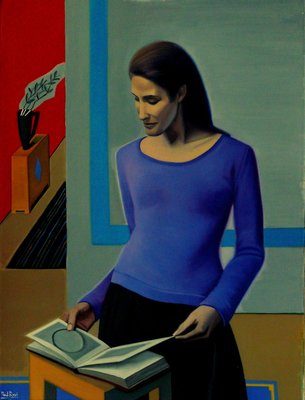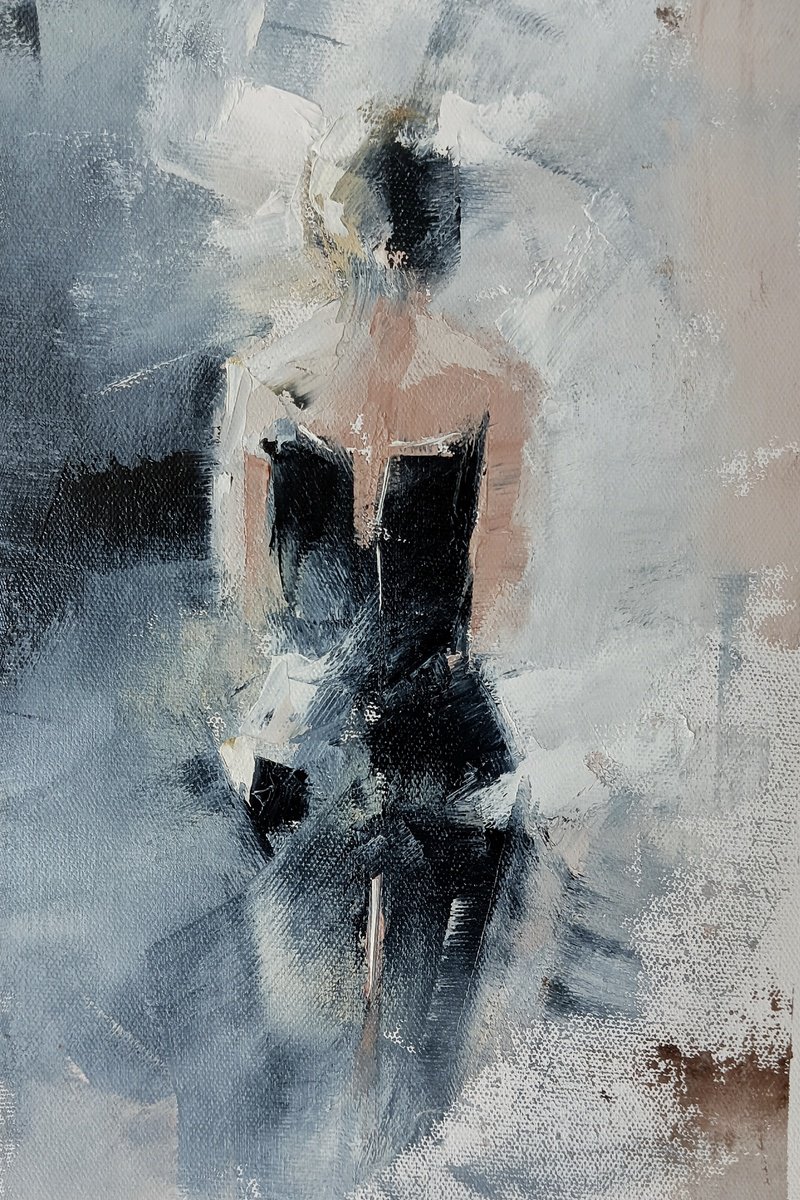The Evolution of Art: A Comprehensive Guide to Figurative Oil Painting
The Evolution of Art: A Comprehensive Guide to Figurative Oil Painting
Blog Article
A Journey Through the Globe of Figurative Oil Paint: Uncovering the Distinct Qualities and Emotional Depth of the Medium

Background of Metaphorical Oil Painting
Arising during the late Center Ages and flourishing throughout the Renaissance, figurative oil paint has a rich background that shows both creative advancement and cultural evolution. At first, oil paints were used in Europe as a way to boost the luminosity and depth of shade in art work. Artists such as Jan van Eyck pioneered the medium, showing its possible to catch intricate details and textures, hence enabling for a more lifelike depiction of the human kind.
As the Renaissance proceeded, popular numbers like Leonardo da Vinci and Michelangelo increased the limits of metaphorical oil painting. They stressed physiological accuracy and perspective, creating works that conveyed emotion and narrative deepness. The tool's versatility allowed for experimentation with light and shadow, leading to the advancement of chiaroscuro methods that better improved the visual experience.
Special Qualities of the Medium
The development of figurative oil paint has been substantially affected by the special characteristics of the tool itself. Oil paint, made up of pigments put on hold in oil, offers artists a remarkable convenience that permits a wide variety of structures and surfaces. Its slow-moving drying out time enables thorough blending and layering, which can produce depth and luminosity unattainable in various other mediums.
Furthermore, oil paint's rich coloring supplies lively shades that maintain their intensity over time. This particular is critical in figurative paint, where capturing the subtleties of complexion and emotional expressions is critical. The capability to achieve refined slopes and soft changes enhances the lifelike quality of topics, permitting artists to share complex emotions.
In addition, oil paint sticks well to various surfaces, such as canvas, metal, and wood, widening the scope of creative expression. The tool's versatility sustains various strategies, from comprehensive realism to meaningful brushwork, allowing artists to explore their specific designs.
Eventually, the special homes of oil paint not only enhance the aesthetic experience but also encourage artists to communicate extensive narratives, making metaphorical oil painting a deeply evocative art type.
Strategies and Styles Used
Within the realm of metaphorical oil paint, artists utilize a varied selection of techniques and styles that add to the depth and richness of their work. One popular method is glazing, where transparent layers of paint are used over dried out layers, enabling light to show and penetrate, improving luminosity and depth. This approach is typically used to accomplish a feeling of realistic look and complexity in complexion.
One more method is impasto, where thick layers of paint are applied with a combination blade or brush, creating a distinctive surface area that adds a three-dimensional top quality to the painting. This style can evoke a visceral feedback, attracting the visitor in with its tactile nature.
Musicians also explore different brushwork designs, from penalty, detailed strokes that catch intricate functions to more comprehensive, more meaningful strokes that convey activity and emotion (figurative oil painting). The option of color palette substantially influences the general mood of an item, with warm tones frequently presenting feelings of convenience and awesome tones suggesting melancholy
Additionally, the integration of chiaroscuro, the contrast in between light and shadow, permits artists to produce remarkable effects that boost the narrative high quality of their work. Each technique and design is carefully picked to boost the audience's experience and understanding.
Emotional Depth in Figurative Art
Emotional deepness offers as a foundation in metaphorical art, enabling musicians to transcend mere depiction and engage customers on a profound level. This psychological vibration is often attained with the nuanced representation of human numbers, expressions, and interactions. Artists harness the power of light, shadow, and color to stimulate sensations that reverberate deeply with the target market, producing a visceral connection to the subject matter.
In figurative oil paint, the elaborate layering of paint can show the intricacies of human emotion. The choice of scheme, whether warm or great, plays a crucial role in establishing the state of mind and environment of an item. Softer hues may stimulate harmony and introspection, while vibrant, contrasting colors can interact tension and dramatization.

Influential Artists and Their Functions
Numerous prominent musicians have significantly formed the landscape of figurative oil paint, each contributing one-of-a-kind viewpoints and methods that remain to inspire contemporary developers. Among these artists, Lucian Freud attracts attention for his intense mental deepness and raw portrayal of the human type, frequently blurring the lines in between charm and degeneration. Freud's jobs, defined by thick, impasto brushstrokes, go invite visitors to face the intricacies of identification and vulnerability.

Likewise, Andrew Wyeth's meticulous realistic look in items like "Christina's World" captures extensive stories within seemingly straightforward structures. His use of light and darkness stimulates a sense of fond memories and emotional resonance, attracting visitors into the intimate globes he represents.
In the world of modern art, Kehinde Wiley has gotten acknowledgment for his dynamic, larger-than-life portraits that test standard notions of representation. By putting people of shade in contexts similar to classic portraiture, Wiley's work redefines the canon of art background.
These musicians, alongside others, have not only enriched figurative oil paint yet have actually likewise increased the discussion surrounding identification, society, and feeling, making sure that the medium continues to be a crucial kind of expression in the art world. figurative oil painting.
Verdict
In final thought, figurative oil painting continues to be an effective medium that encapsulates the intricacies of human have a peek here emotion through its rich pigmentation and functional methods. The journey through metaphorical oil painting discloses its long-term importance in the art globe.
The expedition of metaphorical oil paint provides an extensive insight into the interplay of technique, feeling, and historical context that specifies this venerable medium. Oil paint, composed of pigments put on hold in oil, offers musicians an amazing flexibility that enables for a large range of finishes and structures.Within the world of metaphorical oil painting, musicians utilize a diverse array of methods and styles that contribute to the deepness and richness of their job.Many prominent artists have actually dramatically formed the landscape of figurative oil painting, each contributing one-of-a-kind point of views and methods that continue to influence contemporary creators.In verdict, metaphorical oil painting continues to be an effective tool that encapsulates the complexities of human emotion through its abundant pigmentation and flexible methods.
Report this page